Had an electrician cal me the other day and ask me if I could hang a door..”yea!!” when I got there it was commercial grad door which I have never hung. anchors to the slab and all. What is the process for hanging these doors. I think it is door first and frame up to it. Also, I am closing in a pass-through to put in this door and the wall coming up to my new constructed wall is block. About 7.25″ . (has plaster on it).
what is the widest jamb on a steel commercial door. I am goingto have to make a transition from 7.25 to 4.5 ” I think.
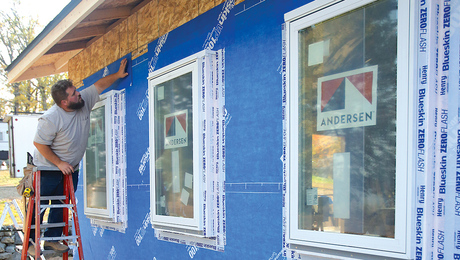
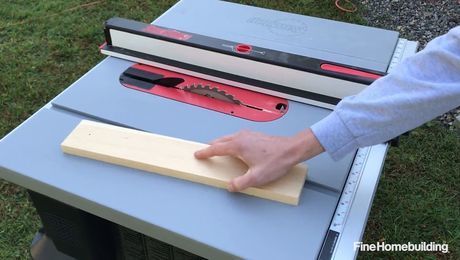
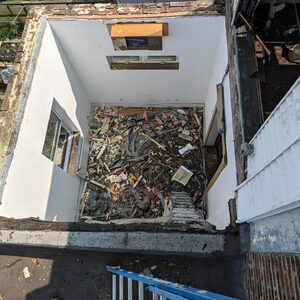
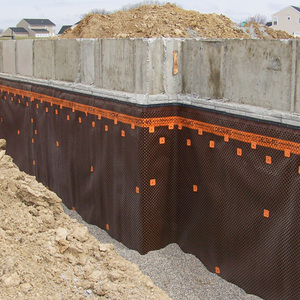
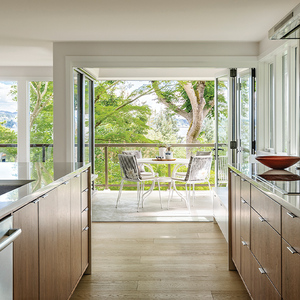
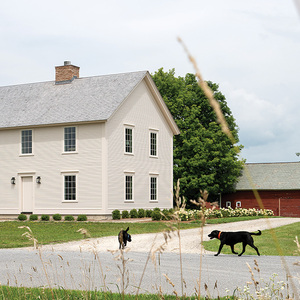




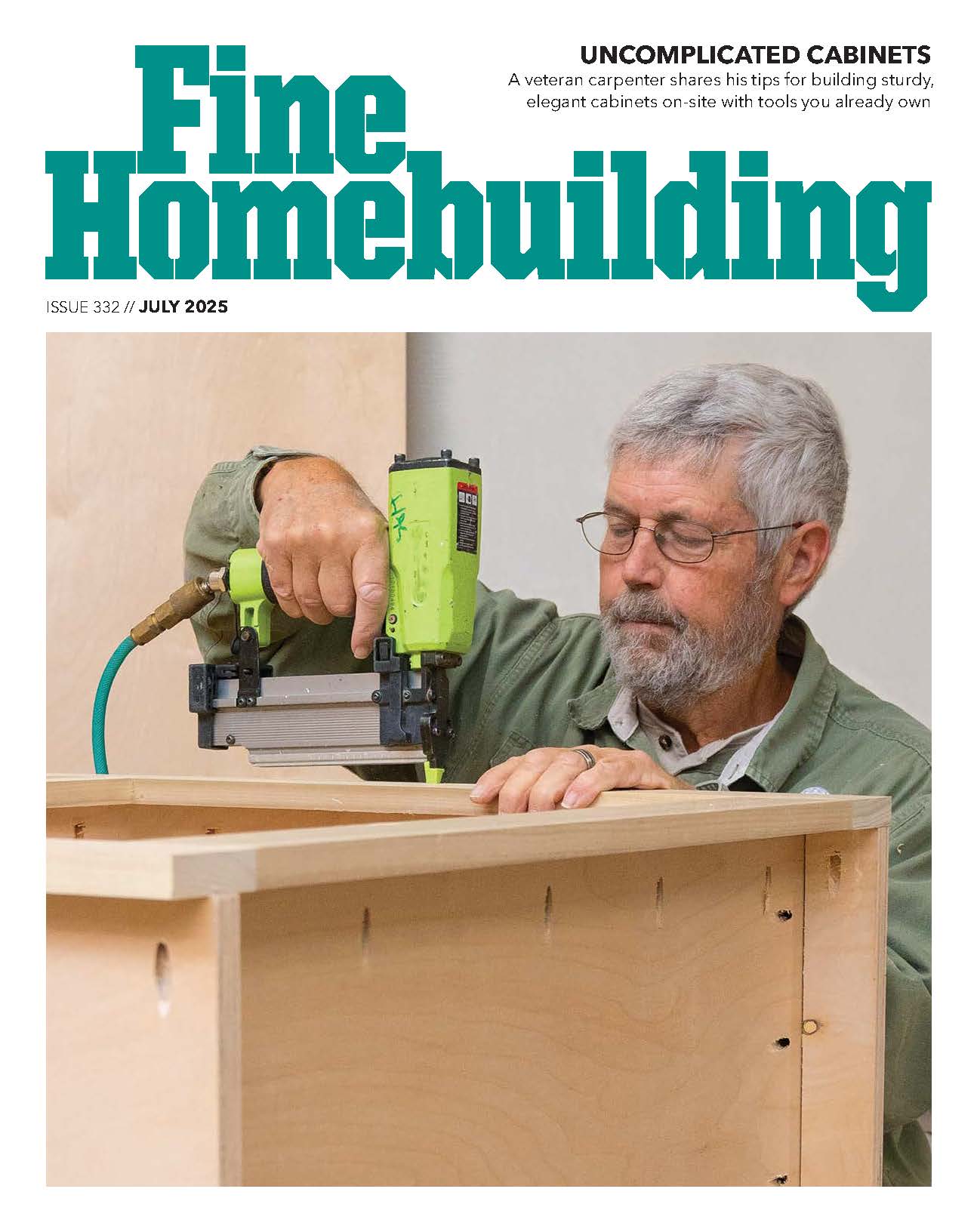








Replies
Frames come stock up to about 12" or 13" in jamb width. It is usually nice to have the frame jamb width at least an inch smaller than the wall thickness (masonry application), depending on the wall condition. Is this an existing block wall ? Is the wall thickness 7 1/4" 6" block measures about 5 5/8" while 8" is about 7 5/8". Is this a block wall that needs a hole cut into it to fit the frame ? The frame is set first, level and plumb, finish constructing walls, then set the door.
carpenter in transition
I install commercial door frames, and doors, and hardware for a living doing interior finish out work. I'm a little confused about your question. Is this a steel (hollow metal frame), you'r installing? Or is it a steel door on pivots? Got good tips and techniques for both.
Cork, Door Man in Dallas
I am talking about the commemrcial grade doors with steel, welded frames that anchor into the slab. obviously I my experience is lacking inthis area. The block wall is 7.25'' . There is a1/2 inch of plaster on the front of it...cant remember about the back side ,...but probably. It is an old motel that is getting remodeled.
Tim Kline's response has got it right, but I'm still a little confused about the walls so lets jest get onto setting the frame. From what you've written I'm assumming this is a standard steel door with most likely three butt hinges and you have a frame (hollow metal, also known as steel frame,) that you want to swing it on.
Use the frame as it's own templet so just shove the big pig into the spot where you are going to put your rough opening, making sure the swing of the frame is the way you want the door to swing. Hopefully the stringers are still attached to the jambs so they will be straight, parrellel, and true (correct in all aspects), if not then stick a spreader between the jambs so they are the same distance apart at the bottom as the distance they are apart at the header. Make sure they are not "twisted" either, or you'll end up with a hinge bound or other wise screwed up door. You'll see the frame has a clip welded on the bottom of each jamb. Each clip will have two or three holes in it. With the door frame setting exactly were you want it mounted take a hammerdrill with a 1/4" masonry bit and stick it in the hole closest to the active side of the hinge jamb. Drill a hole and stick a 1/4" steel pin mushroom anchor in the hole just deep enough to hold the jamb in place but do not set the pin at this time. With the hinge jamb now tacked in place do the same to the strike jamb, again remember do not set anchor at this point. Then level the header by shimming under the jambs. Then set pins, then frame in the wall. You will see aprox. 3 clips attached to each jamb, these are secured onto studs at side of frame, or used as dogs in masonry wall. If framed wall then put in header aprox. 3/4" above top of jamb, then one side the wall, drywall, plywood,siding, whatever, making sure not to screw or nail to these side studs. Then shove the top of the frame till the jambs are plumb. At this point you go ahead and screw or nail the drywall, plywood, siding ect. ., and this sets the plumb of your frame. If used in masonry after leveling the head, you would then plumb the frame and then kick off the frame with plenty of diagonal bracing, making sure the frame is filled with styrofoam, to keep the morter ect. from getting into frame, and making screwing into frame a real nightmare. Let the head mason know you'll stomp a mud puddle in his *** and hit him with a big back charge if he knocks your frame out of plumb. This actually takes almost as much time to explain as it does to just go do it if you've allready done a few. Hope you get the jist of what I'm trying to convey. It's not hard, all there is to it is a few techniques, and I hope this gets you steered in the right direction. Good Luck!
Cork, Door Man in Big D.
2 great responses! Not sure what you call a "buck". I am assuming it is the steel frame/trim unit. So the am I right in saying that I can literally pop a line on the floor, decide where I want my steel door to go, line up my hinge jamb and strike jamb, drill for my hinge jamb, drill for my strike jamb , (as long as I check that both are perfectly plumb) check the header jamb for level...then slam anchors in. Then I can build my wall around the door, plumb my studs next to the "throat" and secure it to those two studs. Then install my drywall.
Is this the proper procedure?
Buic's response is correct and gives great tips. You can install frame by just popping lines but Buic's techniques are what we use at work. By getting the track down first and then spacing with drywall or whatever material you're surfacing wall with the door frame automaticaly fits in the finished wall real nice. Also remember that you level header first --super critical---, plumbing the jambs comes later after you one side the wall. Also use your spacers when attaching side studs, this way drywall, paneling, whatever, will fit nice and easily into sides of frames. Also when covering the wall (say with 5/8" drywall ) back cut the frame side of the drywall and slide the piece into the frame about 3/4" and then shove the entire piece of drywall flat against the wall. By back cutting and then angaling it in this way you won't have to fight, slam, and beat the drywall in behind the frame. Also use this tip on the header piece of drywall.
Wherever you end up putting it just remember to leave enough space to work the frame. You're going to have to have room for your hand and tool to get down in the outside of the frame and fasten it down. Much less than 10" to 12" leeway between the frame and any other studs or walls and you're really going to be fighting yourself.
So, space left or right to line up opening correctly (leaving room to work frame,) get the ins and outs with spacers, level header and fasten frame to floor, finish framing, one side and then shove frame to plumb jambs, secure this in place by then nailing or screwing wall covering to side studs.
Good luck, the first one may take a little while but after that you should be able to slam them in real fast. These frames are not that complicated and with a few good techniques they go in like a breeze, the only time you have to really fight them is if you're using used or beat up frames and they are all bent or missing clips ect. but that's a different story.
P.S. Great thunderstorm woke me up, and I saw your response on the computer. Time to go out on the balcony and watch a great light and sound show.
Cork in Dallas
Are You Talking about a splitfire jamb?
Where there's A wheel there's a way, got any wheels?
You've got he right idea about the order, door buck, then frame. In reality it's actually frame, set buck, finish framing. I usually layout the wall, install track with an opening for the door left out, ( door width plus 4" ) do my stud layout and fill them in, leave an extra stud on each side of the door opening, check the floor for level across the door opening and find the high side, bring buck to opening and center it on the track, on the high side (two scrapes of sheetrock, one on each side of the track is the easiest way) there's a tab at the bottom of the leg, shoot it down or screw it depending on floor. Now take that stud you left by the side and screw it to the tabs inside the leg, keeping the stud centered. Throw a level under the head of the jamb, shim under the other leg if needed and fasten the same way. Center and fasten the other stud. Cut a piece of track for above the head with a 3" tab at each end for a header and fasten. Screw your "king' studs to the track top and bottom and fill in the cripples. When you rock it and shove the rock between the stud and the buck, you're going to throw it out of plumb, so before you screw the rock, plumb the leg, then screw the rock to that king stud and the track and that will hold it in position. That's it more or less... As for your 7.25 wall, 6" stud with a layer of 5/8" on each side is a perfect match to your block wall. Also, almost any width buck is available, but it's called the throat, so if your ordering for that block wall, you might ask for a 3'0" x 6'8" with a 7.25" throat. Also, in a commercial space be sure to find out if the door needs to be fire rated, and if so does it need 1 hour or 2 hour rating. Hope the description makes sense to you, good luck with it.........BUIC
Yes, putting in such a door in an exsisting wall will usually involve wall damage. What is the anchor method on the frame. Some clamp, some strap, some anchor screw. Even floor damage is a possibility if it is hinged with a floor inset pivot hinge. It is all still possible but patch work is extensive. The width of door frames without limitation. A door dealer can make them to any specs you request, usually.
Try a split fire or remodeler Door if you have the jamb width to meet code. You can hang the inside, on the frame and build your door stop and outside case any way you need it. depends on what you need.
Where there's A wheel there's a way, got any wheels?